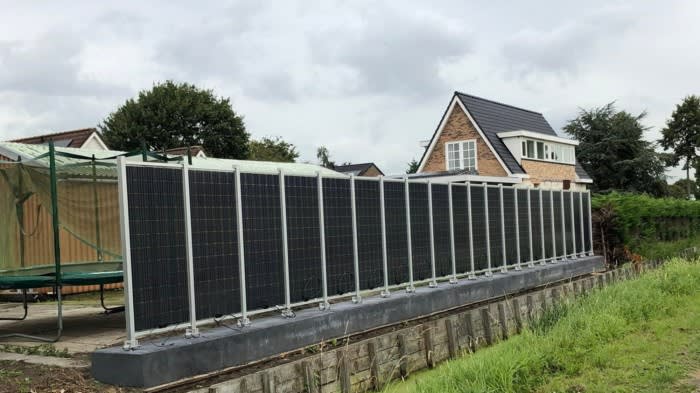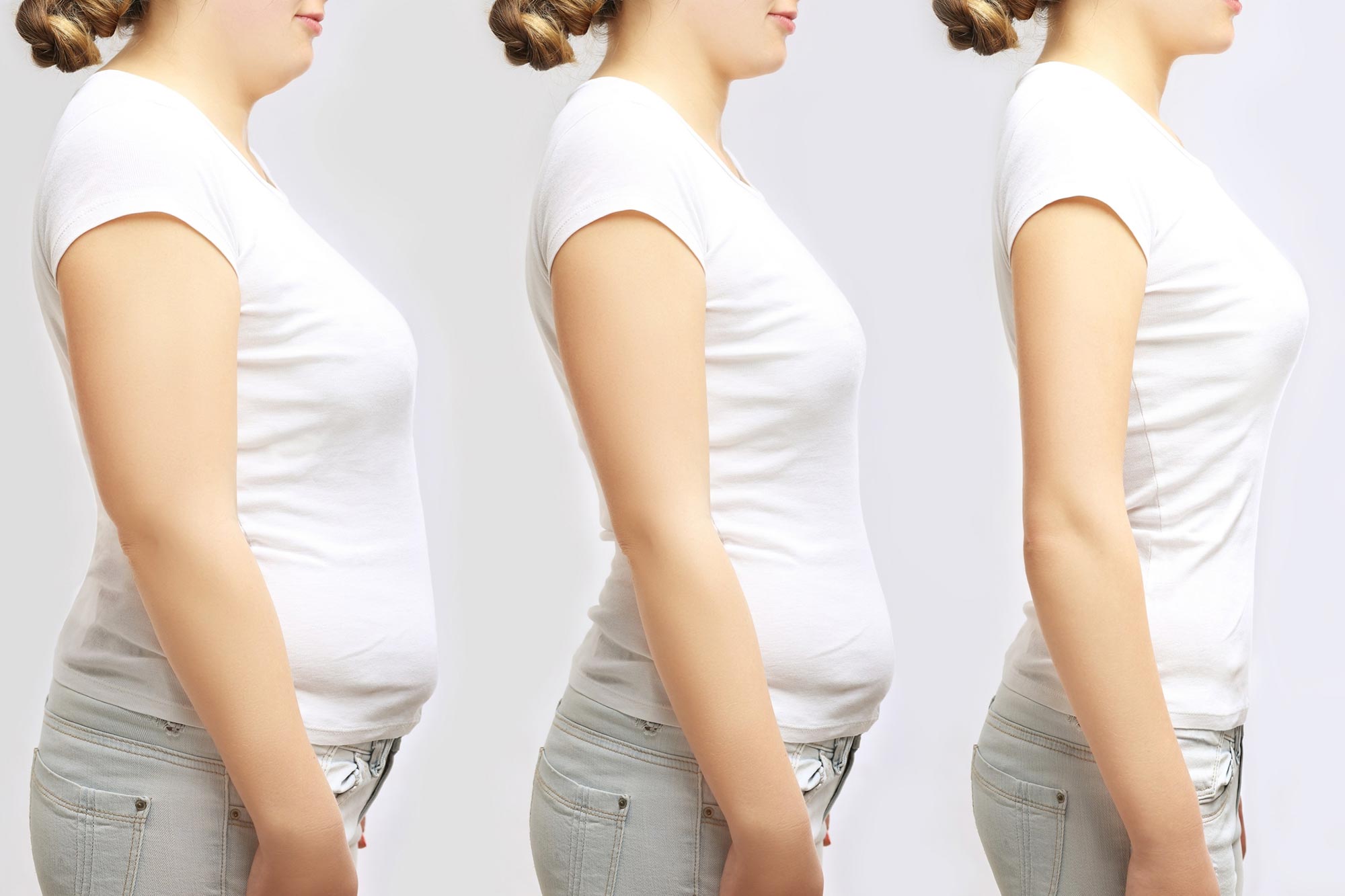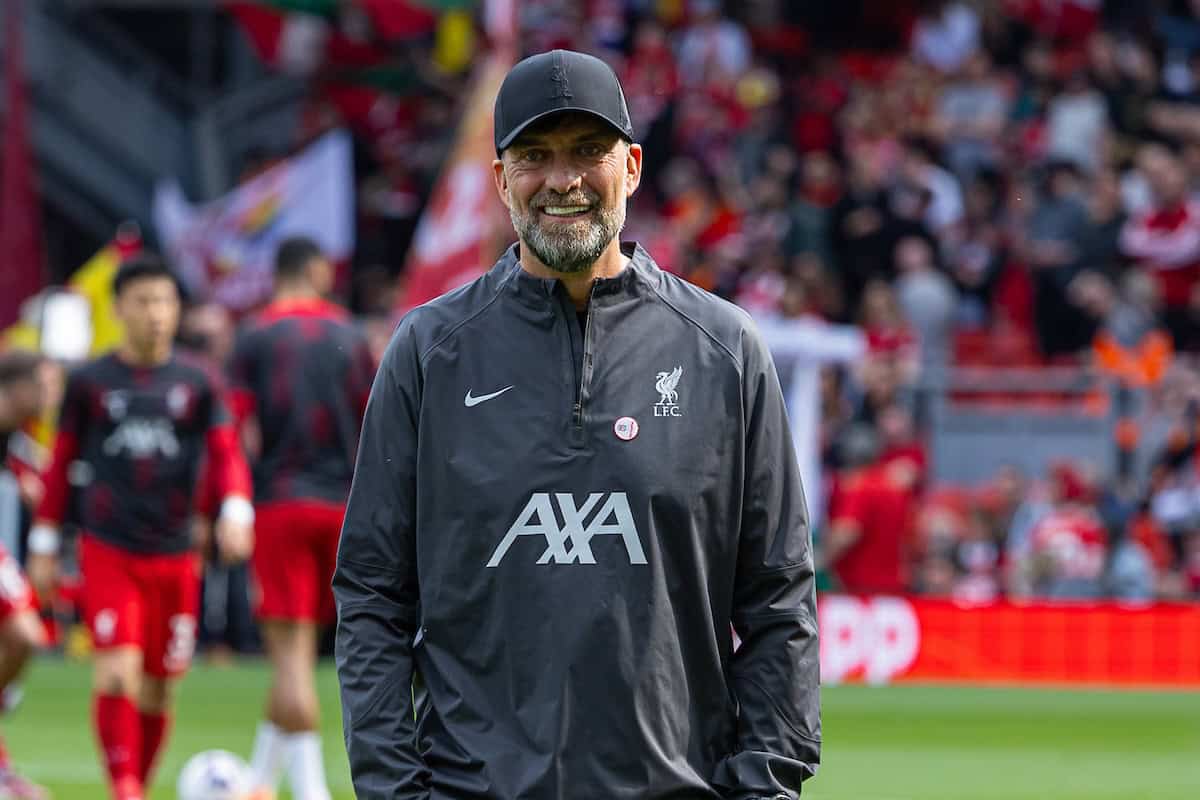Solar panels have become so cheap that they are being used to build garden fences in the Netherlands and Germany, as a boom in Chinese production saturates the global market.
The panels capture less sunlight when used as fencing than they do on roofs, but the process saves on high labour and scaffolding costs, according to analysts and posts on social media by households that have installed them.
“This is the result of solar panels getting so cheap that we’re just putting them everywhere,” said Jenny Chase, lead solar analyst at BloombergNEF. “Since installation cost — labour, scaffolding — is the vast majority of the cost of installing a rooftop PV [photovoltaic] system, it can make sense.”
“Why put up a fence when you can just put up a load of solar panels, even if they’re not aligned exactly to the sun?” says Martin Brough, head of climate research at BNP Paribas Exane. “Where the panels themselves are just incredibly cheap, the constraints become the installation costs and the sites . . . you get a bit of a DIY mentality.”
Solar panel supply globally will reach 1,100 gigawatts by the end of this year, or three times the present forecast for demand, the International Energy Agency estimates. A glut of manufacturing in China is driving this trend, it said.
At the same time, installations have become more expensive, mainly owing to rising labour costs, and the wait for panels to be connected to electricity grids is testing industry and householder patience. Grid capacity issues affect most countries and cannot be easily and speedily resolved.
Longi Green Energy Technology, one of the world’s biggest panel producers, said recently it had fired thousands of factory workers as the oversupply has sent Chinese manufacturers into retreat.
In Europe, industry executives are warning of imminent trouble for a sector that has been plagued by job losses, bankruptcies and closures in recent months.
The European Commission says it will commit to “assess all evidence of alleged unfair practices” and improve access for solar panel manufacturers to EU funds, according to a draft plan seen by the Financial Times and due to be signed by EU energy ministers and industry groups on April 15. But this is unlikely to satisfy the industry.
Alessandro Barin, chief executive of Italy’s FuturaSun, which makes panels in China to sell in Europe, said crates of panels had been sitting unsold in ports and warehouses even after a factory shutdown, when it extended the closure for the lunar new year holiday to three weeks from a normal one-week break.
A solar panel cost 11 US cents per watt at the end of March, or just half the price it was at the same time last year, according to BloombergNEF, and was expected to fall further in a “race to the bottom” as manufacturers competed to get rid of excess supply.
Below a “red line” of 15 cents a watt, it would not be possible for the company to invest seriously in European manufacturing, Barin said. “You’re not going to do that with a crazy little margin that isn’t going to pay for anything.”

Without more EU support, a factory that Barin aims to open near Venice will be a small “megawatt” producer rather than a globally significant “gigawatt” one, he said.
The European Solar Manufacturing Council warned in February that Europe’s panel makers would soon begin to shut down if no emergency assistance was provided.
French solar-panel maker Systovi has said it is looking for buyers, citing “a sudden acceleration in Chinese dumping”. French energy company EDF told the FT that its solar panel producer Photowatt was “facing difficulties in finding economic equilibrium”.
This follows the closure by the REC group in Norway in November of its factory producing polysilicon, a key raw material in solar panels, and Switzerland’s Meyer Burger Technology saying it would close a solar panel plant in Germany, one of Europe’s largest, and focus efforts on the US.
Even in the US, where solar power parts manufacturers have access to subsidies under the $369bn Inflation Reduction Act, the homegrown industry is flagging.
Imports from south-east Asia, where the US sources most of its solar panels, are sold at a discount to US-made ones, even when accounting for tariffs.

This creates difficulties for companies including Bill Gates-backed Cubic PV, which in February scrapped plans to build an 8GW wafer factory announced shortly after the IRA was signed into law in 2022, citing a “dramatic collapse” in prices.
“The mood is grim . . . It doesn’t create the conditions for success for domestic manufacturers, especially in this fragile early growth stage,” said Danielle Merfeld, chief technology officer at Hanwha Q-Cells, one of the largest solar parts manufacturers in the US.
Speaking at a solar factory in Georgia on Wednesday, US Treasury secretary Janet Yellen pressed China to stop flooding the market with cheap green technology exports.
But Sumant Sinha, chief executive of ReNew, a leading Indian wind and solar power provider, complained that the US’s own state aid for solar was endangering India’s ambitions to pitch itself as a low-cost solar panel producer and an alternative to reliance on Chinese imports.
“Is that massive subsidy the best investment for the world as a whole? It’s not, but it’s happening because the US wants to create their own jobs . . . globally climate change is being held hostage.”
For some industry observers, and climate change advocates, including the International Energy Agency, the oversupply issues are a consequence of the good news from the remarkable boom in solar that came in response to the energy squeeze caused by the cut-off in Russian gas supplies due to the war in Ukraine.
The spike in energy prices proved an incentive for households to install panels to save on bills, and sell green electricity back into the grid.
Ian Rippin, chief executive of MCS, which carries out quality checks on UK solar installations, said the industry’s “solarcoaster” ups and downs were driven by inconsistent government support via rebates or grants, and the fickleness of household customers over the cost of paying for installation.
Additional reporting by Alice Hancock
Climate Capital

Where climate change meets business, markets and politics. Explore the FT’s coverage here.
Are you curious about the FT’s environmental sustainability commitments? Find out more about our science-based targets here

Robert Johnson is a UK-based business writer specializing in finance and entrepreneurship. With an eye for market trends and a keen interest in the corporate world, he offers readers valuable insights into business developments.








